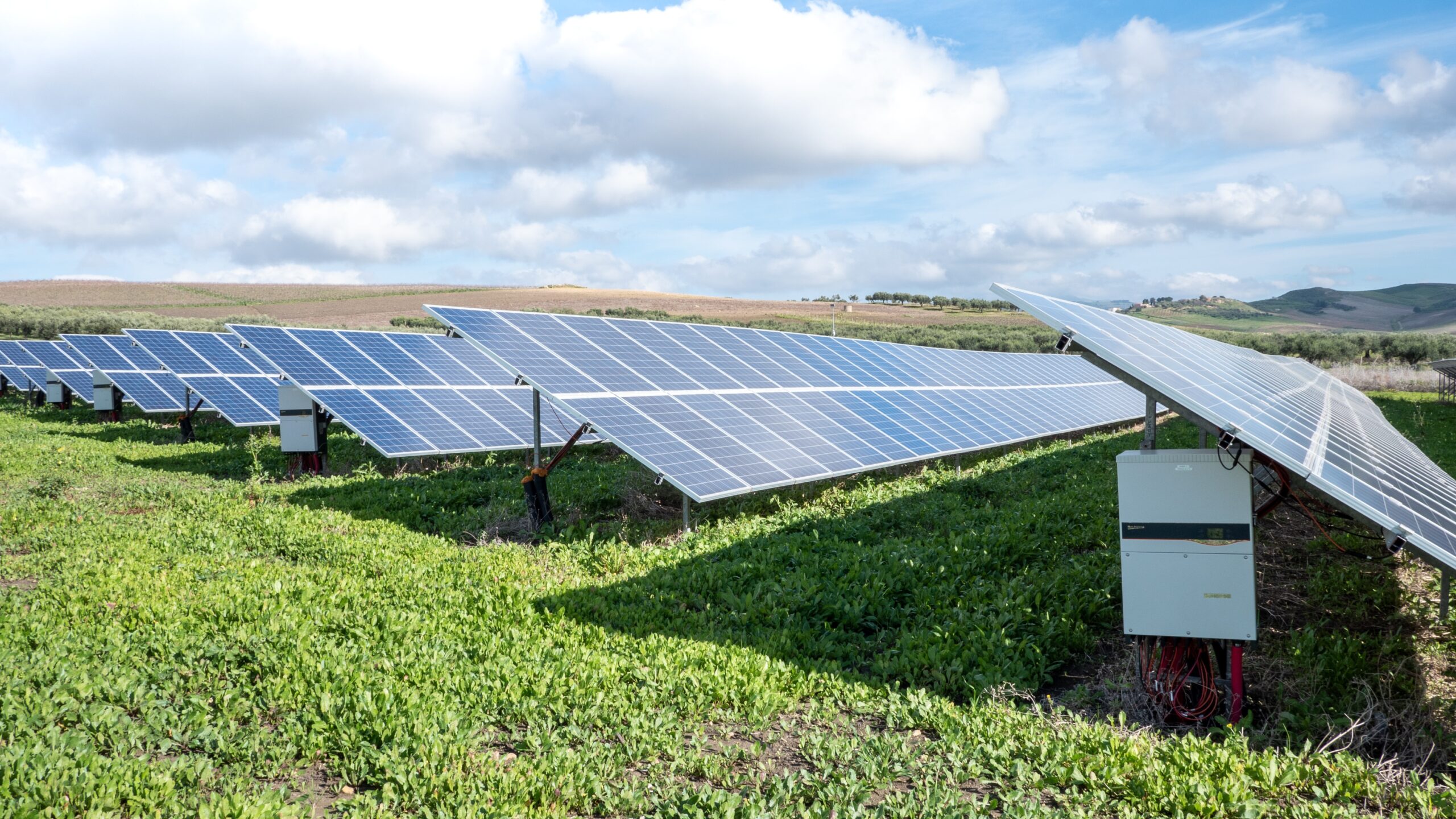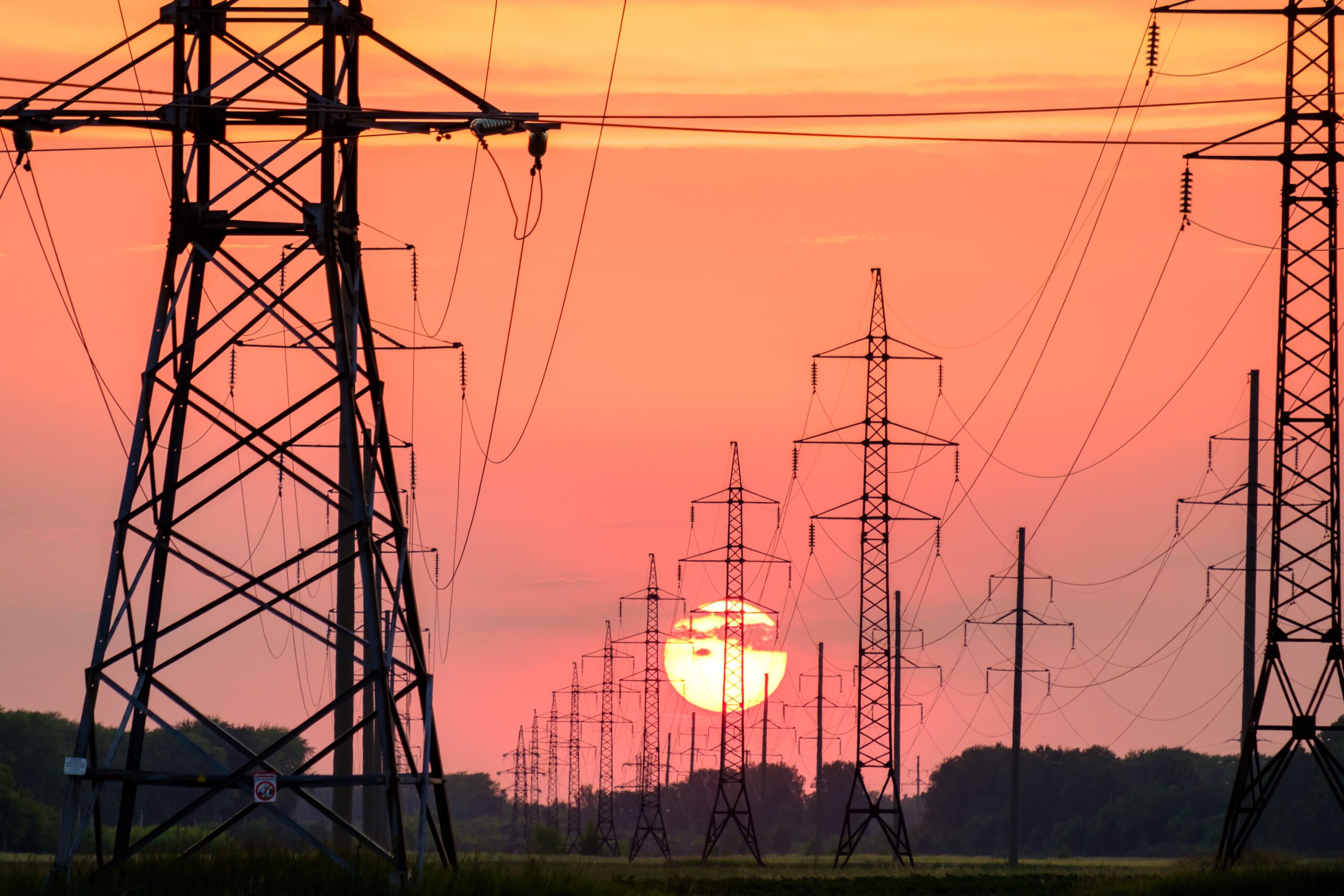Carbon emissions and energy transition become hot topics recently in Indonesia after the government committed to achieving the 2060 Net Zero Emission (NZE) target. To support this step, the State Electricity Company (PLN) will showcase eight effective strategies at the State-owned Enterprises (SOE) International Conference, 17-18 October 2022.
PLN’s efforts are an active manifestation of their role as the heart of the economy and the driving force behind Indonesia’s energy transition.
Deputy Minister of State-Owned Enterprises I, Pahala N. Mansury supports PLN’s steps in achieving net zero emissions by 2060 and supports low-carbon development in line with the Paris Agreement and Indonesia’s greenhouse gas emission reduction target of up to 31.89% by 2030.
This is also following the Updated National Determined Contribution (NDC) released by the government in September ahead of COP27 next month.
“PLN’s commitment to realizing decarbonization and driving the energy transition, including by accelerating the reduction in the use of coal-fired power plants assets and accelerating the development of new and renewable energy (EBT) to increase the portion of NRE in the energy mix,” explained Pahala, quoted from a written statement, Monday (17/10). /2022).
Furthermore, PLN President Director Darmawan Prasodjo explained, as part of the global commitment to reduce carbon emissions, PLN has 8 accurate strategies that will be exhibited at the SOE International Conference.
PLN will explain to the delegation the strategic steps in maximizing technology and innovation to reduce carbon emissions and encourage the energy transition.
The first step to accelerate the NZE target is to gradually retire the power plant. This step is considered effective in reducing carbon emissions in the electricity sector while reducing the use of coal as fossil energy.
“Second, PLN in parallel also implements biomass co-firing technology in fossil-based power plants that are still operating to reduce the use of fossil energy and the resulting emissions. The people’s energy economy movement through co-firing that has been carried out by business entities and local governments will boost the community’s economy, said Darmawan.
Third, PLN will also accelerate the addition of clean energy-based power plants. Until 2025, PLN will add 3 GW of EBT-based plants with a total additional installed capacity of 20.9 GW from 2021 to 2030.
“Fourth, PLN provides Renewable Energy Certificates (REC) services as one of the facilities that can be used by stakeholders of BUMN, government, retail, business, and industry to jointly use EBT-based electrical energy,” he added.
Fifth, PLN supports the electric vehicle ecosystem by creating a cooperation scheme with partners through the SPKLU and SPBKLU development franchises with banks, malls, offices, the private sector, transportation service operators, motorcycle dealers, and others so that there will be thousands of SPKLU and SPBKLU facilitated by PLN.
Sixth, PLN develops Carbon Capture and Storage (CCS) so that it can become a technology to absorb large amounts of carbon emissions in PLTU and PLTG.
Seventh, PLN develops hydrogen technology to reduce emissions from fossil fuel plants through the implementation of hydrogen and ammonia co-firing.
Eighth, PLN develops Smart Grid and Control System technology. This application will increase system efficiency while reducing emissions through digitization in every line of business processes.























